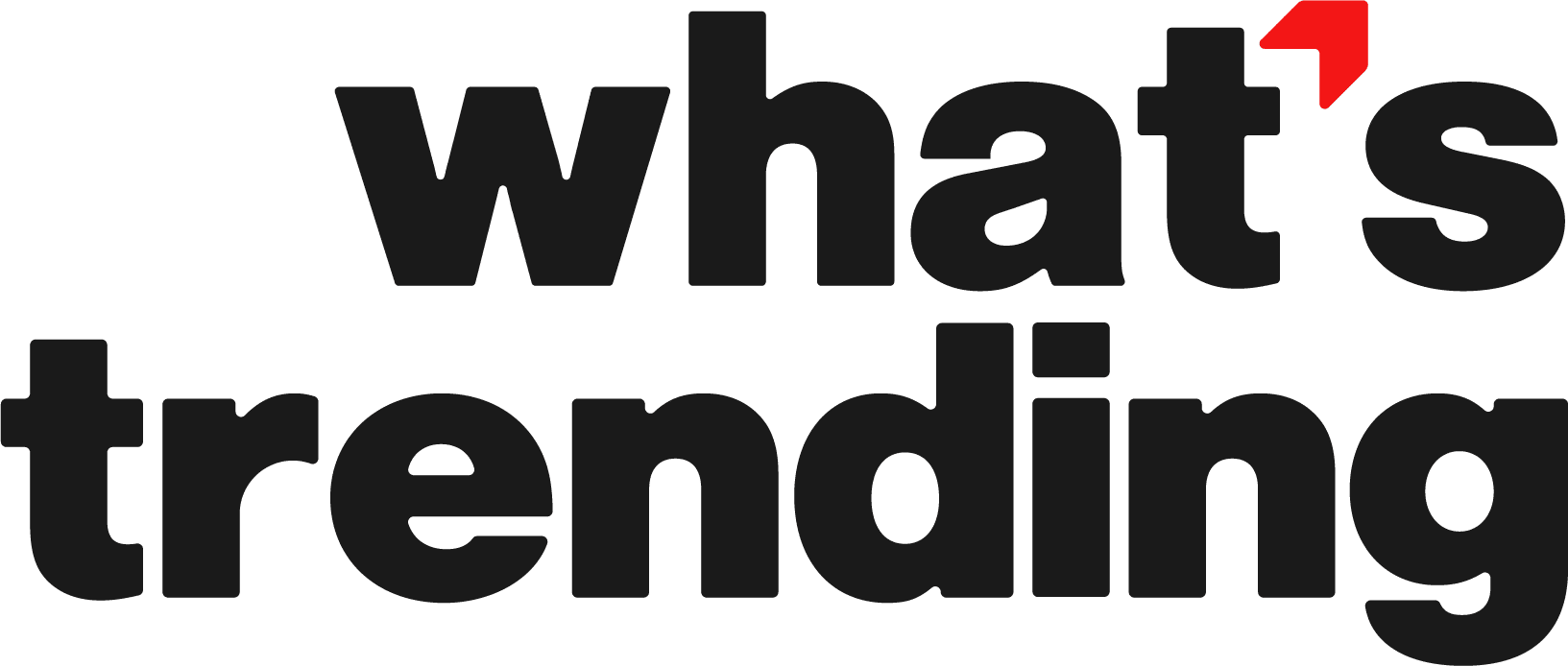Summary:
-
Securing an interview requires a strategic approach tailored to hiring trends, job descriptions, and recruiter expectations.
-
Craft a tailored resume by focusing on keywords, highlighting accomplishments, and keeping it concise to stand out.
-
A persuasive cover letter, submitted at the right time, followed up strategically, and leveraging networking can boost applications.
Securing an interview isn’t just about sending out dozens of applications and hoping for the best. The job market is competitive, and companies are inundated with resumes daily. If your application isn’t strategic, it’s likely to be overlooked. A well-crafted application strategy ensures that your resume reaches the right hands and makes an impact. You need a systematic approach that aligns with hiring trends, job descriptions, and recruiter expectations to maximize your chances.
Understanding What Employers Look For
Before perfecting your application strategy, you need to understand what employers prioritize. Hiring managers don’t just scan for qualifications—they look for candidates who fit their company culture, have relevant experience, and show clear career progression. Most companies use applicant tracking systems (ATS) to filter resumes based on keywords, making it essential to tailor each submission. If your application doesn’t align with the job posting, it might never be seen by a human recruiter.
Crafting a Tailored Resume
Your resume isn’t a one-size-fits-all document. It needs to be tailored to each job you apply for. This doesn’t mean rewriting it from scratch every time but adjusting key sections to match the job description.
Focus on Keywords
Most recruiters use ATS software to scan resumes for specific terms. Read the job description carefully and incorporate relevant keywords into your experience, skills, and summary sections.
Highlight Your Impact
Instead of listing job duties, emphasize accomplishments. Quantifiable achievements make your application stand out. For example, instead of saying, “Managed a team,” write, “Led a team of 10, increasing productivity by 25%.”
Keep It Concise
Recruiters spend only a few seconds scanning each resume. Use bullet points, clear formatting, and straightforward language. Keep your resume to one page if you have less than 10 years of experience; otherwise, two pages should be the maximum.
ADVERTISEMENT
Writing a Persuasive Cover Letter
A cover letter isn’t always required, but when included, it can give you a competitive edge. It’s your opportunity to personalize your application and showcase your enthusiasm for the role.
Personalization Matters
Generic cover letters are ineffective. Address the hiring manager by name, mention the company, and explain why you’re interested in the role. Show that you’ve researched the company and understand its needs.
Keep It Concise and Relevant
A strong cover letter should be no longer than one page. It should start with a compelling introduction, highlight key experiences that align with the job, and end with a confident closing statement.
Structuring an Effective Cover Letter
While cover letter templates can provide a solid starting point, don’t just copy them exactly. Recruiters can spot generic applications instantly. Instead, use templates as a guide to structure your letter while incorporating your unique experiences and voice.
Submitting Applications at the Right Time
Timing can influence whether your application is seen. Studies suggest that applying early in the week, particularly on Monday or Tuesday morning, increases your chances of getting noticed. Submitting applications during peak business hours (between 9am and noon) also helps ensure recruiters see them when they start their day.
Following Up Strategically
Many applicants assume their job is done once they apply, but following up can make a difference. A well-timed follow-up email shows initiative and reinforces your interest.
ADVERTISEMENT
When to Follow Up
Wait about a week after submitting your application. If the job listing specifies a closing date, follow up a few days after that deadline. Avoid being overly persistent—one well-crafted follow-up email is enough.
What to Say
Your follow-up should be polite and to the point. Express enthusiasm for the role, reiterate why you’re a strong candidate, and inquire about the hiring timeline. Keep it brief and professional.
Leveraging Networking to Boost Applications
A strong network can significantly improve your job search success. Many positions are filled through referrals rather than job boards.
Reach Out to Industry Contacts
If you know someone who works at a company you’re applying to, ask for insights about the role. A referral from a current employee can put your application at the top of the pile.
Engage on LinkedIn
Many recruiters and hiring managers are active on LinkedIn. Engage with their posts, share industry-related content, and connect with professionals in your field. A well-maintained LinkedIn profile can increase your visibility and credibility.
Conclusion
Landing more interviews requires more than just submitting applications—it demands a strategic, well-executed approach. Tailoring your resume, crafting a compelling cover letter, applying at the right time, following up professionally, and leveraging your network all contribute to better results. Refining your application strategy increases your chances of standing out in a crowded job market and securing the interviews that move your career forward.









